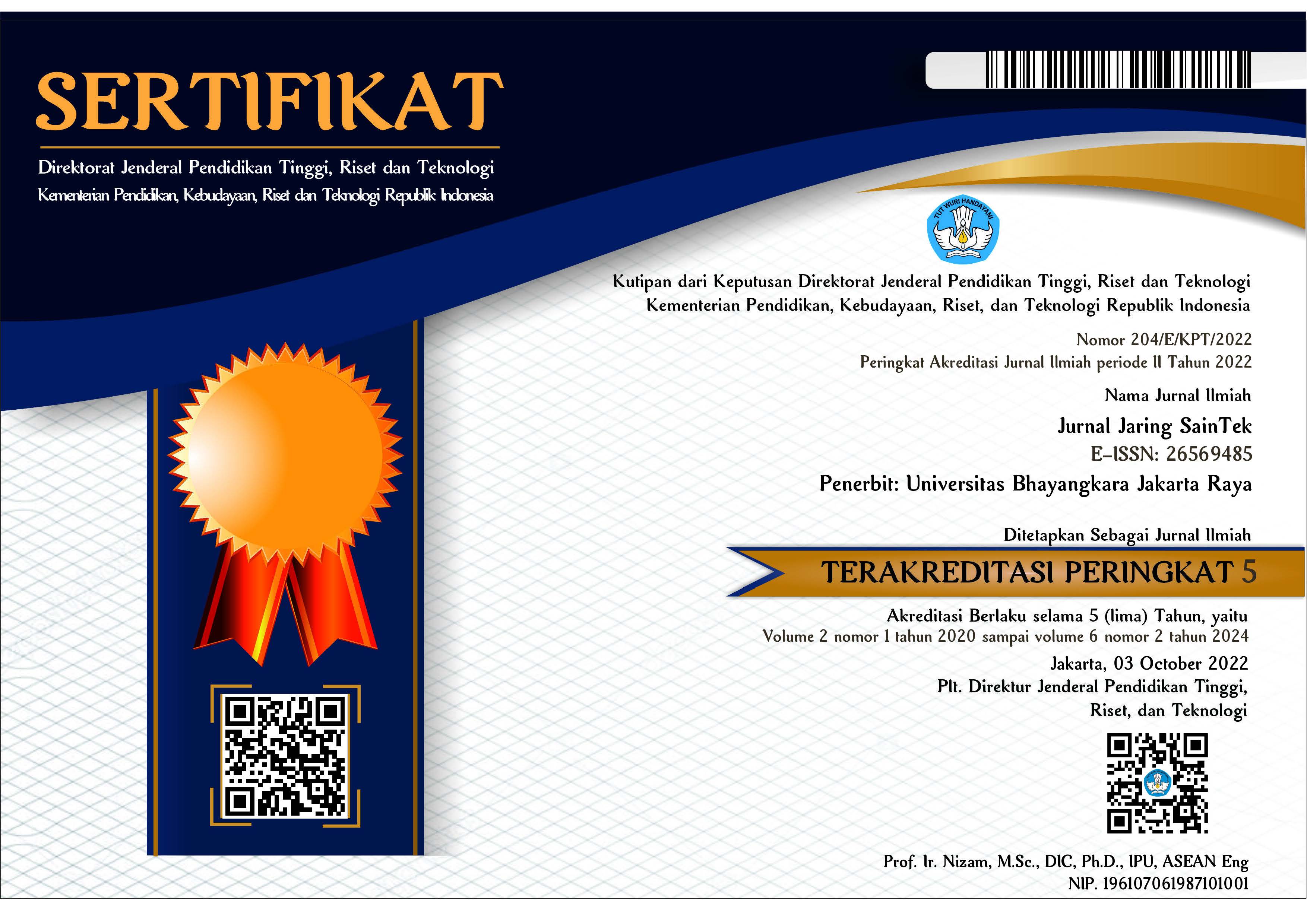OPTIMASI LAJU PRODUKSI DENGAN CARA DESAIN ULANG PROGRESSIVE CAVITY PUMP (PCP) PADA SUMUR “X” LAPANGAN “Y”
DOI:
https://doi.org/10.31599/g00ct507Keywords:
optimum production,, progressive cavity pumpAbstract
Progressive Cavity Pump (PCP) has been
applaid as artificial lift at X well that is owned
by PT Pertamina EP Asset 1 Field Jambi. From
the early calculation of current production gets
17,16 bfpd that has not reached the target of
48,57 bfpd. This indicates that PCP must be
redesign. Before redisgn we used Productivity
Index (PI) to make an Inflow Performance
Relationship (IPR) curve that shows the oil is
still suitable production or not. We redisgn PCP
using R & M Energy Systems calculation
methods as the provider and found that the
optimal for revolution per minute (RPM), horse
power (HP), torque values and the drive head
type are 101,5 RPM, 2,7 HP, 15 ft-lbs and there
have to be a change in drive head type AA4. To
get results optimal production.
Downloads
References
Nesbitt, B. (2006). Handbook of Pumps and
Pumping. Amerika
Serikat.
Akkawuttiwanich, P., & Yenradee, P.
Christian .W, & Cholet. H. (2013). Progressing
cavity pumps oil well production artificial
lift. Paris: France.
Kermit. E, Brown. (1977). The Technology Of
Artificial Lift Method. Petroleum
Publishing Co : USA.
Lake, L.W. (2007). Petroleum Engineering
Handbook: Production Operations
Engineering. Texas: Society of Petroleum
Engineers Rahmansyah, I. (2012).
Perencanaan dan Trouble Shooting
Progressive Cavity Pump.Jakarta: PT
Pertamina – Manajemen Produksi Hulu.
Nelik, L. (2005). Progressive Cavity Pump,
Downhole Pumps and Mud Motor. Gulf
Publishing Company : Texas
Robbins dan Myers. (1989). Moyno Down Hole
Pump Manual. Brosur Robbins and Myers
Company: USA.
Robbins dan Myers. (1989). Material of Cavity
Pump Construction Selection Tables.
Amerika Serikat: Brosur Robbins and
Myers Company.
Saveth, K.J. dan Klein, S.T. (1998). The
Progressing Cavity Pump Principle
andCapabilities. SPE 18873
Shauna, N. (2011). Progressing cavity pumps.
SPE 18978.
Val S. Lobanoff, Robert R. Ross. (2018).
Centrifugal Pumps: Design And
Application. Amerika Serikat.









